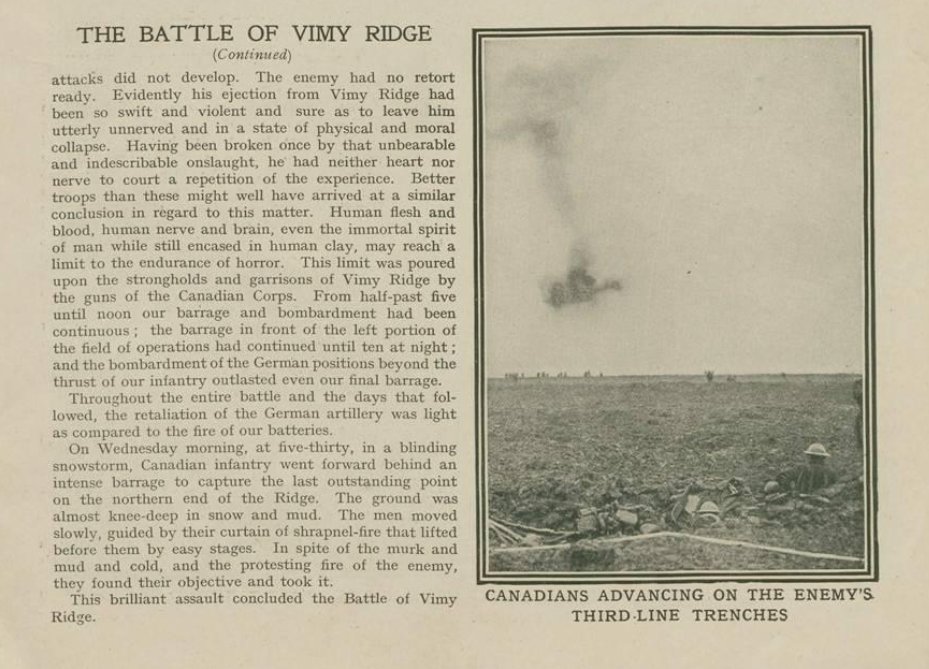
I've got just enough time to answer another question from last week's photography talk with @LCMSDS.
This one is from @crg498: "Rider-Rider is an interesting surname. What can you tell us about his background and family history?"
This one is from @crg498: "Rider-Rider is an interesting surname. What can you tell us about his background and family history?"

Rider-Rider IS an unusual surname. So much so, that I’ve had a TON of trouble finding much about his genealogy. We know that he married a Rosina Ada Hill and that they had a son together less than 9 months later.
What did they name that babe? William Rider-Rider, of course.
What did they name that babe? William Rider-Rider, of course.

Seriously, of all the photographers, R-R is the one for whom I have the least genealogical information.
I've got far more on his wife, Rosina Ada, who was blessed with a less ridiculous surname.
I've got far more on his wife, Rosina Ada, who was blessed with a less ridiculous surname.
R-R got his start in photography when someone gave him an inexpensive camera and he got the photo bug. He made it his goal to work hard enough to get a really good camera and become a pro.
He worked for a press agency at first, and they’d send him out for shots if they didn’t have something they needed. He decided to just go ahead and apply at a paper.
As a result, Rider-Rider got a job in 1910 working for Ivor Castle at the Daily Mirror.
They would both later become official photographers for the Canadian Corps, though neither was Canadian.
R-R also tells us decades after the war how much he hated Castle🤣
They would both later become official photographers for the Canadian Corps, though neither was Canadian.
R-R also tells us decades after the war how much he hated Castle🤣
• • •
Missing some Tweet in this thread? You can try to
force a refresh










